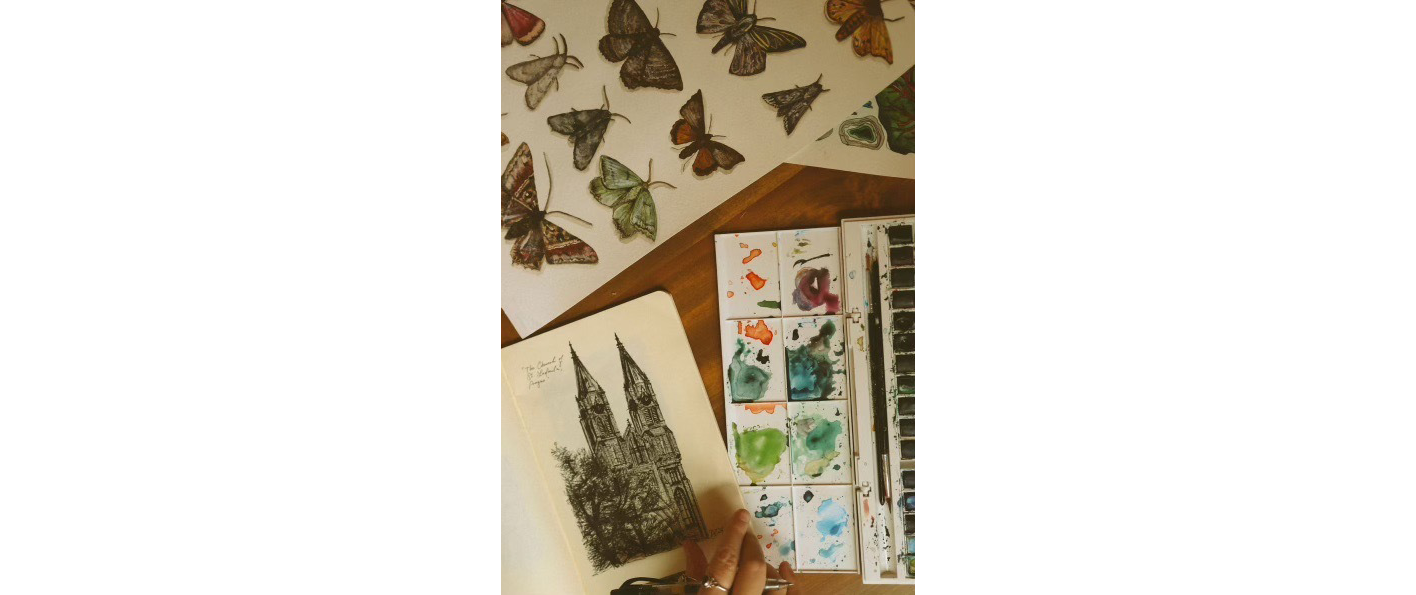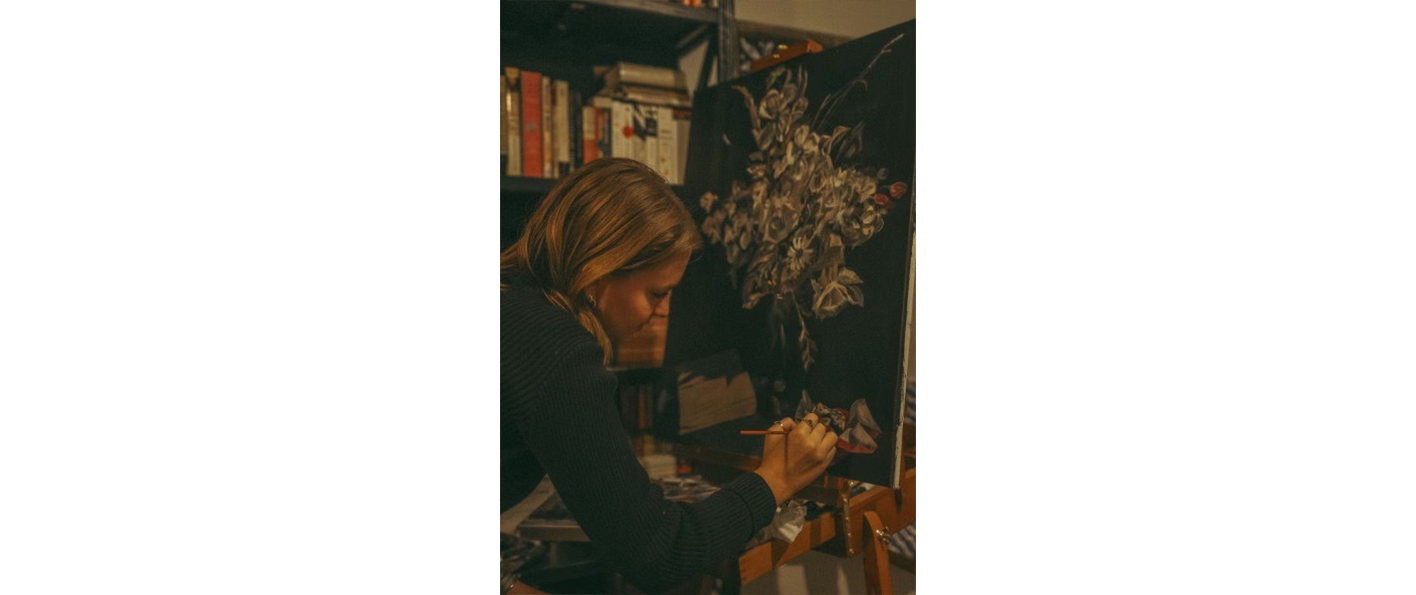
Back to blog
Education
April 2, 2025
I’ll be the first to admit that Renaissance and Baroque Art rank much higher in my book than other genres. Walking through cathedrals and museums, I am moved by their symbolism, intricate detail, and masterful composition in ways modern art just can’t match. Yet, during my time as a student, I have been surprised by the sheer number of peers who dismiss modern art wholesale, claiming that it lacks the ability to convey truth, goodness, and beauty—arguments often made without much nuance, definition, or specificity. Not long ago, I might have stood on that same soapbox, but I’ve come to realize that these debates are often fruitless because they don’t actually get at the root problem: that junk has been categorized as art in the first place. Now, instead of reclaiming “modern art” by removing the junk, we’re discarding contemporary production entirely. The result is an ignorant conflation between categories of art and preferences towards them.
Imagine standing in the midst of a grand, royal garden. Lush, green trees line the walking path while roses, arranged in carefully curated sections, contribute to an overarching design. Perhaps there’s a fountain in the middle, or a pond with white and pink lily pads, adding to the impression of order, harmony, and intentionality. The symmetry, structured shape, and carefully coordinated flowers define the beauty of this space.

Now, by contrast, picture a cottage garden: A wandering dirt path meandering through dense plantings of shrubs, herbs, and perennials. Unlike the uniform rose hedges of the royal garden, these plants vary wildly in height, color, size, and texture—climbing roses entwined with honeysuckle, clematises creeping over half a dozen flowers, some of which would be considered weeds in another setting. The beauty of this garden is defined by a different order–one that embraces a dense containment of cultivated chaos, and a wild, more natural feeling that accompanies it.
In both examples, the flowers are not haphazard; they are chosen according to the gardener’s vision for his property. A wildflower might seem out of place in the first, while in the second, it affirms the rich, natural environment. So too, art must be created, categorized, and critiqued according to the artistic “garden” that the creator seeks to cultivate.
While many of us, myself included, would love to “save art” by returning to the “good old days,” perhaps a better method would be to interact with both the genuine art and the so-called “art” of today, steering the ship away from the rocks while not rejecting the idea of land for fear of stepping on the wrong shores.
I have known many incredible Christian artists who are stirred by the abstract expressionism and Nihonga of Makoto Fujimura—particularly his masterful use of precious metals—in much the same way that others are moved by the works of Michelangelo or Sandro Botticelli. To argue over which one is better is perhaps not as worthwhile as considering how each genre participates in the larger notion of artistic “gardenness”.
If we wish to have meaningful discussions about art, we must resist the temptation to dismiss cottage gardens simply because poor gardeners exist—and there are, indeed, many. In the same garden that exhibits works by Salvador Dalì and Fujimura, some have sought a place for a signed urinal (Duchamp’s Fountain) and a duct-taped banana (Cattelan’s Comedian), as though these were categorically identical. But as long as we continue to lump such atrocities into the category of “modern art” in the first place, we only continue to abdicate our definitions to those same people set on destroying true cottage gardens.

When experiencing modern art, there are two common reactions: one either accepts all that has been presented—relying too much on subjectivity—or he rejects the entire category because definitions get messy. I propose both of these as examples of bad stewardship. Instead of redefining the whole field as a junkyard, we ought to take back our definitions, training up a culture that distinguishes between flowers and junk. This means not only resisting hasty acceptance, but also being myopic in our definitions of artistic gardens—and this I think is the more likely ditch in our Protestant circles.
While many of us, myself included, would love to “save art” by returning to the “good old days,” perhaps a better method would be to interact with both the genuine art and the so-called “art” of today, steering the ship away from the rocks while not rejecting the idea of land for fear of stepping on the wrong shores. Only by interacting with both types can we begin to have an intelligent conversation about art and break free from our insular tendencies—those that lead us to reject modern art wholesale for the sake of art, while falling into the same ditch of ignorance, just of a different variety.